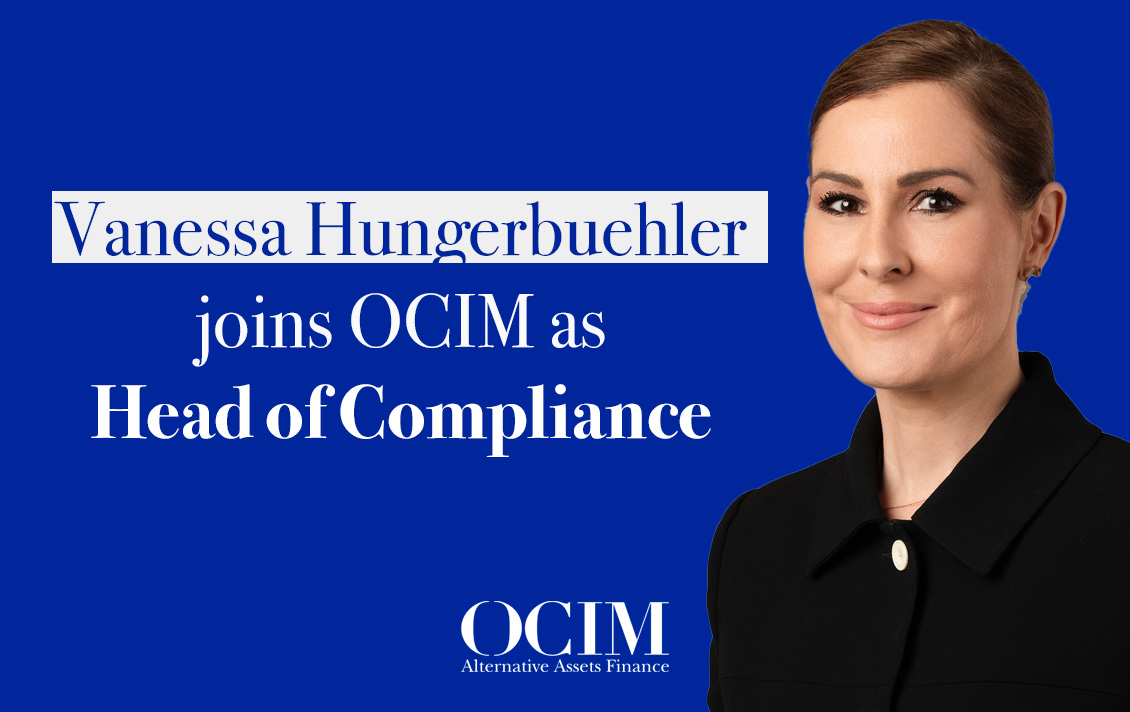Gold Hedging: A Critical Move for Reducing Financial Uncertainty
Q&A with Etienne Bossu, Chief Trading Officer, OCIM
What role does hedging play for gold producers?
As gold producers must sell their product on the market at some point, they are exposed to fluctuations in the price of gold. This exposure leads to uncertainty, both in regards to future cash flow, and operating margins. As such, these players have a clear need for a hedging strategy. The simplest form of this consists of selling their production in advance at a predetermined price, thereby locking in revenues via a forward contract.
What makes gold hedging unique?
The main specificity of the gold market is that its forward price trades at a premium to spot (i.e., higher). This is partly due to the costs associated with gold storage, such as insurance and security. Holders of the metal must therefore be compensated for such costs incurred on behalf of those deferring collection to a later date. While inflation has certainly driven some of these costs higher, the steepness of the slope of the forward curve is mainly due to the widening interest rate differential between gold and the dollar, as the Fed embarks on an aggressive rate hike cycle.
Meanwhile, in the absence of monetary authority setting interest rates for precious metals, gold lending rates reflect supply and demand dynamics. Given the large amounts of gold stored in central bank vaults, supply greatly exceeds demand and this perception mostly prevents gold rates from spiking above US rates. The current combination of high gold spot rate and steep gold forward curve means that producers had the opportunity to lock in unprecedentedly high, forward, gold prices in 2023, thereby strongly boosting their operating margins.
” Producers had the opportunity to lock
in unprecedentedly high, forward, gold
prices in 2023, thereby strongly boosting
their operating margins.
To hedge or not to hedge?
Context is everything. In the 1990s, a secular bear market drove major producers to hedge. Conversely, no one wants to be hedged in a bull market. The heterogenous approach currently observed in the industry illustrates that the purpose and relevance of hedging is still being debated. Reasons for hedging avoidance often stem from a lack of understanding around active risk management methods. Corporate top management may see the topic as falling outside core business (exploring, mining, refining), and/or believe that risk cannot be measured accurately (especially currency risk). Establishing and managing hedging positions does require dedicated resources. While derivatives trading may be well outside management’s field of expertise, it is suboptimal to simply turn a blind eye. Predominantly, because failure to proactively manage market risk is already in itself quite speculative. Secondly, because hedging reduces the uncertainty of future cash flow and increases financial visibility. Steady cash flows enhance credit quality and therefore reduce the cost of debt financing.
What practices should a gold producer adopt?
The first priority is to identify ‘natural’ hedges. If your operation is capital intensive, it may be wise to raise gold-linked capital using set-price prepayment contracts (reimbursed as a pre-determined volume of gold). Part of your future production is thus sold at a discounted price determined today, and your future performance is therefore less sensitive to fluctuations in gold spot prices. Obviously, as with any type of hedge, it would be unreasonable to commit more than 100% of your production. Partial hedging allows businesses to retain operating flexibility in case of future adverse production conditions. It also allows for financial flexibility, where goldlinked financing is contemplated (for which unencumbered production is required) or simply benefits from attractive market conditions when they appear. Typically, we observe hedge ratios range between 15-60% for gold producers. Sporadically, these ratios may increase to 100% in times of elevated capex or indebtedness, when the need for financial visibility is exacerbated. Looking closer, hedging should be calibrated to protect operating margins. Where possible, instruments should be kept to forwards and plain vanilla options to obtain the appropriate cashflow hedging treatment and avoid unnecessary noise in income statements. Lastly, systematic hedging over a fixed tenor offers visibility on the hedge rate, but merely postpones the impact of spot fluctuation for the period hedged. A simple alternative consists in layering hedges. One gradually increases hedge ratio by transferring a portion of the total exposure from one period to the next. This way, the hedge rate for a given cash flow will result from the average entry point over the total hedging period. The method still offers visibility, but also improves variability in the hedge rate achieved from one period to the next.






